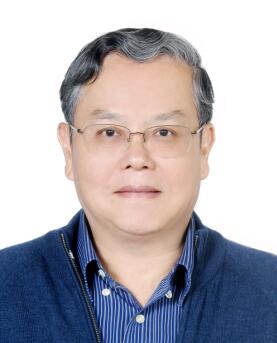Abstract—Urea prills are produced in the prilling towers where a solidification-cooling process takes place. The ambient air is used as the cooling air stream for this process. In hot days, the temperature of the product at the bottom of the tower are hot that cannot be packed directly. In addition, in hot/ humid days, the prills form lamps and cakes with each other and on the scrubber. A mathematical model based on the hydrodynamics, heat, and mass transfer between the urea and the cooling air is developed. A numerical technique with an explicit scheme is used to solve the model. The model results describe the variation of the temperature and moisture along the radius of the particle. Hence, the model results introduce an interpretation of the problem of caking and lamps formation appears because of the incomplete solidification of the prills at the bottom of the tower. In addition, the results predict the quality of the product under different operating conditions of the ambient cooling air.
Index Terms—Numerical simulation, urea solidification, Heat and mass transfer, mathematical modeling.
Ali Mehrez, Ahmed Hamza H. Ali are with Energy Resources and Environmental Engineering Department, Egypt- Japan University of Scienceand Technology E-JUST, New Borg Elarab, Alexandria, Egypt (email:ali.mehrez@ejust.edu.eg, ahmed.hamza@ejust.edu.eg).
W. K. Zahra is with Physics and Engineering Mathematics Department,Faculty of Engineering, Tanta University, Tanta, Egypt (email:wzahra@f-eng.tanta.edu.eg).
S. Ookawara, and M. Suzuki are with Department of Chemical Engineering, Graduate School of Science and Engineering, Tokyo Instituteof Technology, Tokyo, Japan (email: sokawara@chemeng.titech.ac.jp,masaaki@chemeng.titech.ac.jp).
[PDF]
Cite: Ali Mehrez, Ahmed Hamza H. Ali, W. K. Zahra, S. Ookawara, and M. Suzuki, "Study on Heat and Mass Transfer During Urea Prilling Process," International Journal of Chemical Engineering and Applications vol. 3, no. 5, pp. 347-353, 2012.



